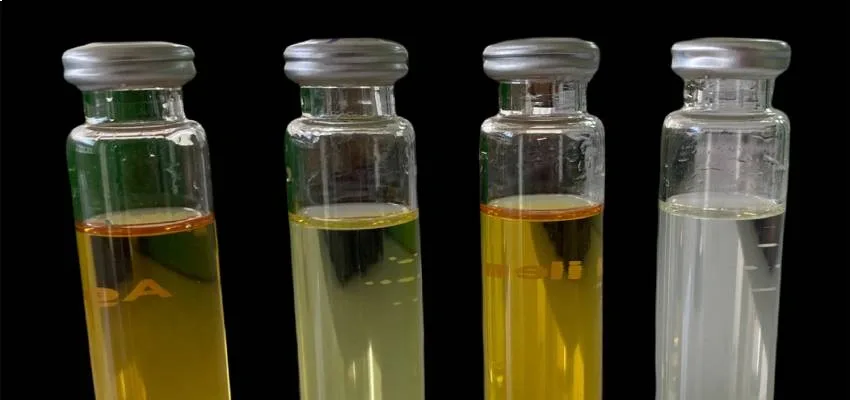
Gas extraction from insulating liquids – Part II
As widely described in the first part of the column, all types of partition coefficients between liquid and gas phase are highly dependent on the...
byby Marius Grisaru

As widely described in the first part of the column, all types of partition coefficients between liquid and gas phase are highly dependent on the physical and chemical properties of materials and process involved. In this second part, the large variation of extraction methodology will be described.
Although most laboratories follow current standards (ASTM D3612 and IEC60567), the standards themselves allow for a large variation and laboratories also allow themselves too much leeway. The situation is even more complicated and challenging with the portable and online DGA device that does not at all calibrate the extraction stage for different gases and physical conditions.
This crucial calibration stage is solely the users’ responsibility, and it is described in the most recent CIGRE DGA brochures. Unfortunately, few users actually perform it, and this is one of the main drawbacks of all online devices. These situations have lead to many unnecessary maintenance episodes or, even worse, undetectable faults causing forced de-energising, and finally the loss of credibility for those users.
The headspace extraction method is the most widespread extraction methodology today. It has many commercial advantages for both test providers and users, and it is the most sensitive technique regarding the chemical and physical properties of the mixture.
This technique was developed about 30 years ago when the oil type was mainly naphthenic. Nowadays, the number of available oil types has highly increased even in the mineral oil group.







